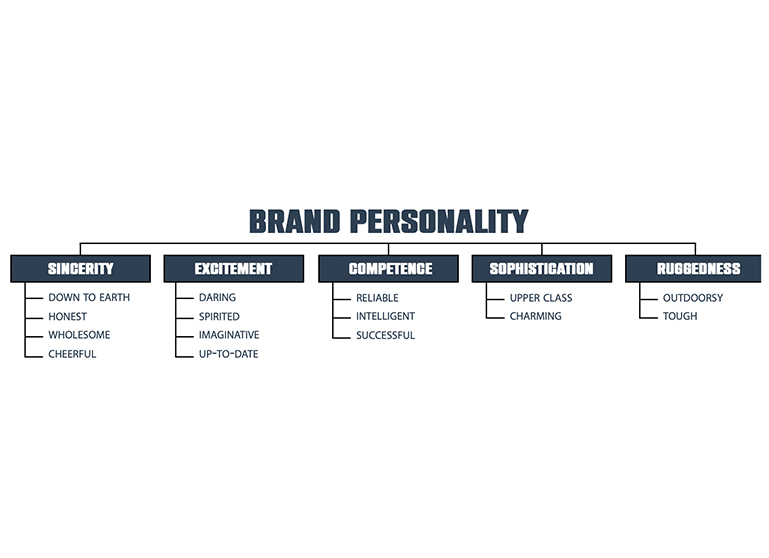Since the new year is a great time to look at your business with a fresh perspective, we’re excited to introduce a new blog series that will highlight the steps we take to strategize and design a brand to bring to market.
While our focus is on new food and beverage founders, our hope is that this information can be helpful to you, no matter what business you’re in.
Just like you can’t build a house without a blueprint, or navigate without a map, you can’t design and launch a brand without a strategy!
We work closely with our clients to facilitate the first 4 steps of Brand Strategy outlined below.
STEP 1 – Define your brand’s Core Values
Defining your brand’s Core Values is an essential aspect of creating a strong and consistent brand identity.
Similar to one’s own value system, the brand’s Core Values are the fundamental beliefs and principles that guide a brand’s actions and decisions, which helps to establish the brand’s purpose.
Core Values are important because they help to create a sense of trust and loyalty by communicating the brand’s beliefs and principles, as well as helping to differentiate the brand from its competitors. Defining your brand’s Core Values can also help retain employees, and other stakeholders in the brand.

STEP 2 – Uncover your Brand Personality
Brand Personality is a set of human characteristics associated with a brand. It helps to establish an emotional connection with your target audience.
Brand Personality is important because it helps to differentiate your brand from its competitors, as well as creating a sense of familiarity and trust with customers.
Having a distinct Brand Personality can also help to guide the brand’s communication and marketing efforts, brand awareness, and recall – all of which contribute to a more consistent and coherent brand image.

STEP 3 – Develop your Brand Voice
Brand Voice is the way your brand communicates its message and personality, which helps to establish a consistent and distinct tone for your brand.
Developing a Brand Voice involves choosing the right words and tone of voice to communicate with your target audience. It should align with the brand’s personality, values and mission, and should remain consistent across all channels and touchpoints.
Your brand voice helps to create a sense of authenticity and credibility, it can also help to attract and retain customers, and establish brand loyalty.

STEP 4 – Identify your Ideal Customers
Determining who your brand’s Ideal Customers are is another important aspect of creating a strong brand strategy. Identifying your target audience helps you focus your efforts on the most relevant and profitable market segments. And, help guide future product development, marketing, and communications.
Before you launch your brand, it is helpful to identify your Ideal Customers by creating buyer personas, which are fictional representations of your target audience. These personas should be detailed and specific, and should take into account factors such as demographics, behaviors, needs, and pain points.
Once your target audience is identified, you should focus on understanding their needs, preferences, pain points, and behaviors. This exercise will help you deliver marketing content that is relevant and valuable to your Ideal Customers.

Even if you’ve already launched your brand without going through the strategy process, it’s never too late to to activate this information.
The above 4 steps develop a foundation for what comes next in this series: COMPETITIVE ANALYSIS and BRAND POSITIONING – better known as: how to stand out in a crowded marketplace!
